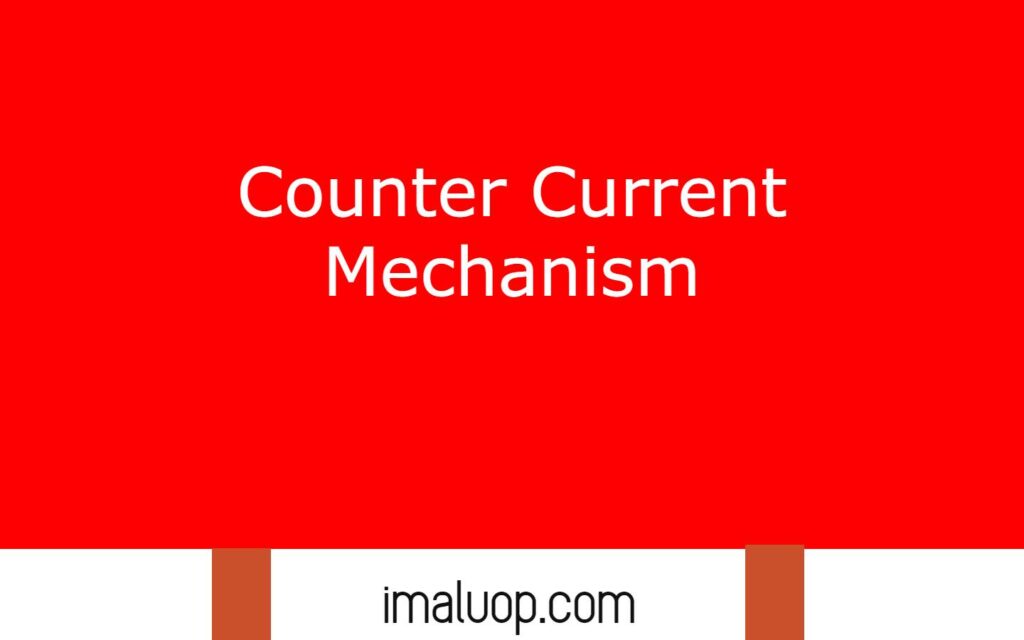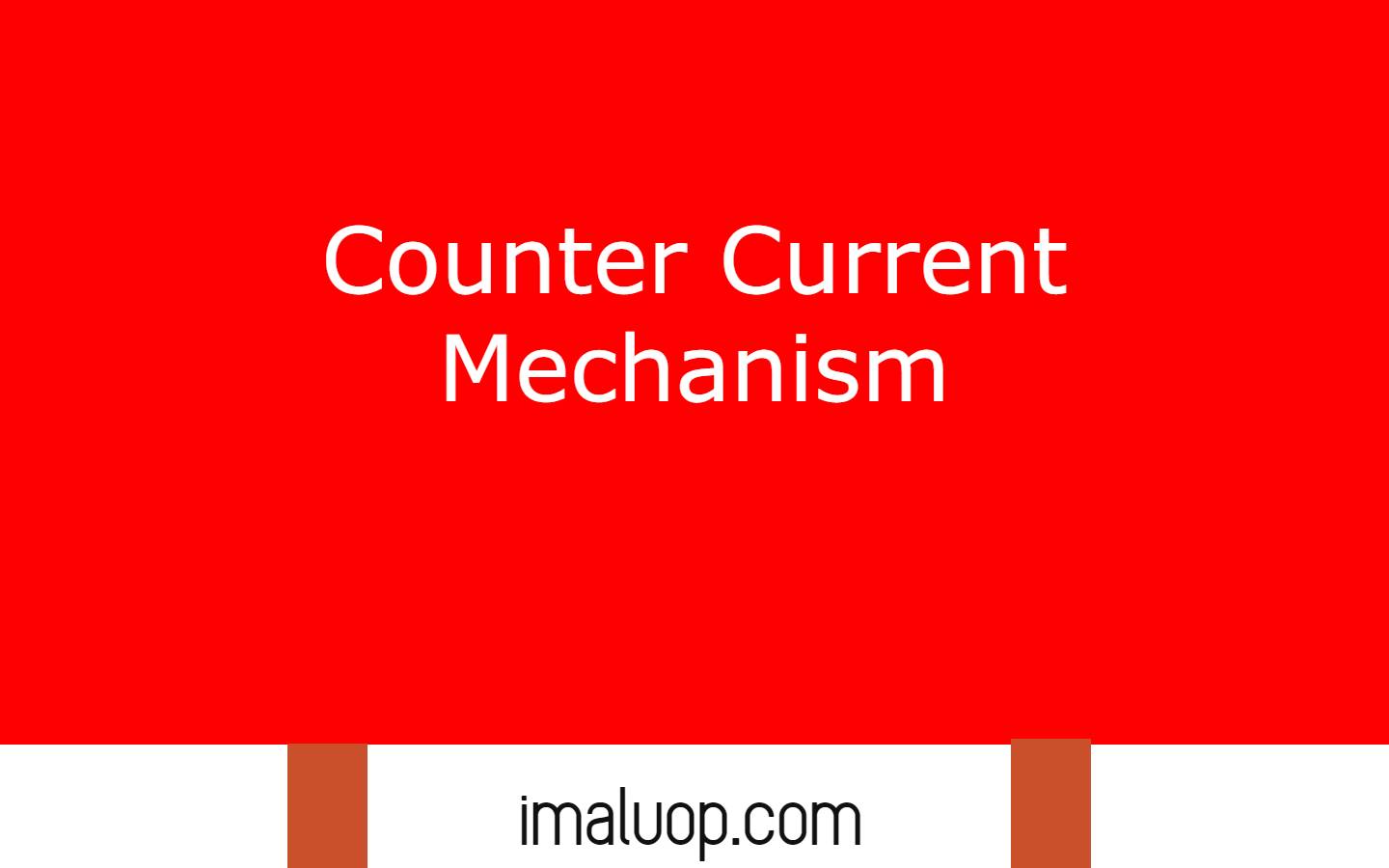Counter Current Mechanism is a very important mechanism in our kidneys which is essential for formation of urine from the glomerular filtration and we will discuss how counter current is established in our kidneys and how it helps in urine formation.
Water is very essential for major cellular metabolism and it helps to maintain constant body temperature, help in excretion and in humans the nitrogenous waste materials is excreted through the urine with water so we should drink sufficient amounts of water on a daily basis.
But with efficient filtration of excretory products the blood is filtered multiple times in glomerulus but if the glomerular filtration directly passes outside then we will lose a large amount of water and we have to drink a large amount of water.
To conserve the water our kidneys show some concentration gradient which prevents the formation of hyper diluted urine and concentrate the urine to prevent water loss.
Table of Contents
Counter Current Mechanism:
To understand the counter current mechanism we have to understand some situations when a specific solution flows through the two adjacent tubular structures one is concurrent flow and another is countercurrent flow.
Concurrent Flow:
Suppose two tubules are placed adjacent and the concentration in one tubule is 0% while on another tubule is 100% then at the end of the two tubules the concentration in both tubules become the same around 50% because osmosis occurs between the solution of two tubules.
Countercurrent Flow:
Suppose two tubules are placed adjacent and a solution flow in them in opposite directions, the concentration of solutions at one tubule is 0% and on another end the second solutions have the concentration 100% then when they exit from the other end then we will get solutions of equal concentration at the opposite end so due to the effect of counter current we get equal concentration on opposite end of the two tubules.
Different Steps in Counter Current Mechanism:
In nephrons the counter current mechanism helps to form concentrated urine through the special arrangements of tubules in the kidney.
In kidney the nephrons extended from cortex to medulla region and two Henle’s loop run in opposite directions which cause a counter current and the blood capillaries vascularized around the loop of Henle is known as vasa recta which also show counter current due to flow of blood in different directions so both Henle’s loop and vasa recta form counter current.
Now when the NaCl flows through the ascending loop of Henle’s loop then the blood in the vasa recta associated with the ascending loop flows in the descending direction and the NaCl is transported from ascending loop to descending loop of vasa recta.
But when the blood flow through the ascending loop of vasa recta then the NaCl transported to the interstitial tissue in which vasa recta and Henle’s loop are embedded and due to this flow a concentration gradient is established between the cortex and medulla, in cortex region the osmolarity become less than the medulla region.
Due to the effect of counter current in Henle’s loop and vasa recta the osmolarity gradually increases from cortex to medulla region and this concentration gradient is responsible for production of concentrated urine.

Urea is also responsible for creating the concentration gradient in the kidney because the urea from the descending loop of Henle transport into the interstitial tissue of kidney so both NaCl and urea are responsible for creating this concentration gradient.
When the filtration flows through the collecting tubes then the water passes from the collecting tubules to interstitial tissue and it comes back to blood flow to prevent the water loss and prevent the formation of hyper diluted urine and save a lot of water.
Read More: Different modes of excretion in animals
Hi Everyone!!! Welcome to Imaluop. Imaluop always try to learn some new and he want to share to other people. Here we will try to learn various topics on Science, specially on Biological Sciences.
